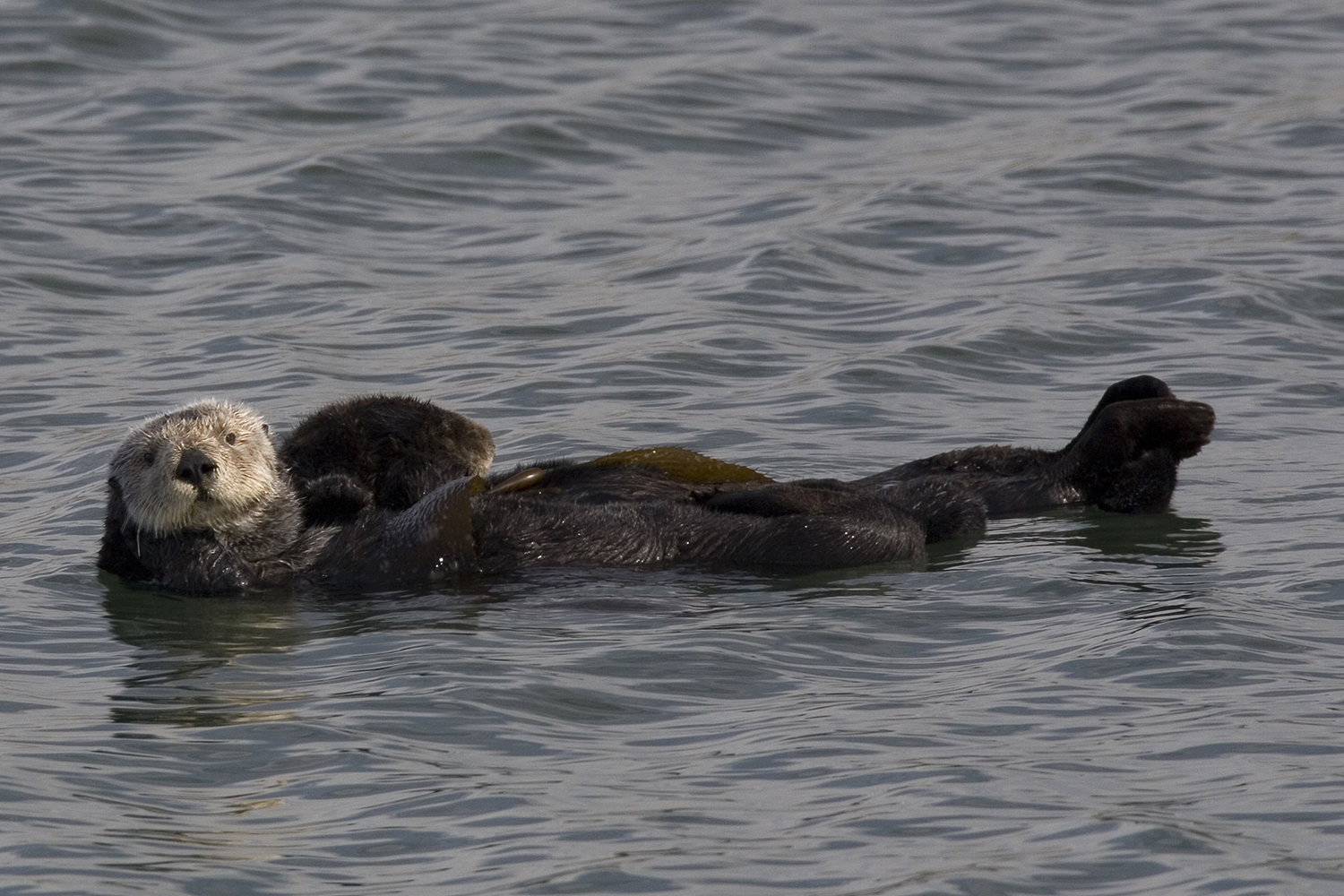Analysis of recent bird mortality event seems to confirm earlier research showing that birds killed by cats are generally in poor health.
Read more ›Analysis of recent bird mortality event seems to confirm earlier research showing that birds killed by cats are generally in poor health.
Read more ›Full disclosure: I’ve listened to Hawaii Public Radio’s The Conversation exactly once, so I’m not going to make any broad generalizations here. Still, as an unapologetic Public Radio junkie, I found Tuesday’s show to be a bit of a train wreck.
According to the show’s website, the topic to be discussed was toxoplasmosis, the risks posed by outdoor cats, and “how to manage the situation.” In fact, relatively little attention was paid to the risks—either to humans or wildlife—and discussion of legitimate management options was avoided almost entirely. Instead, listeners (the broadcast is available here) were in for a campaign of misinformation and scaremongering fueled by useless factoids—including, for example, a reference to the estimated “14 tons of cat poop” deposited annually in Hawaii’s state parks. Read more

Photo: Wikipedia/Michael L. Baird
For several years now, TNR opponents have blamed Toxoplasma gondii infection in California sea otters on outdoor cats, the idea being that the parasite is spread from cat feces into the soil and then flushed into the Pacific by way of runoff. From the start, it’s been a dubious argument—requiring believers to focus narrowly on specific data while ignoring a great deal more.
And the argument has only grown increasingly weak in recent years, as additional research findings have further questioned the role of domestic cats in sea otter infection. Perhaps most compelling of all are the results of the 2016 sea otter census, which estimates that the population along the California coast might be greater than it’s been in more than 100 years.
So how do TNR opponents reconcile these findings with their claims that outdoor cats pose a grave threat to the sea otters?
They don’t, of course.
Instead, they simply ignore the research—all the while telling anybody who will listen that they have science on their side. Read more